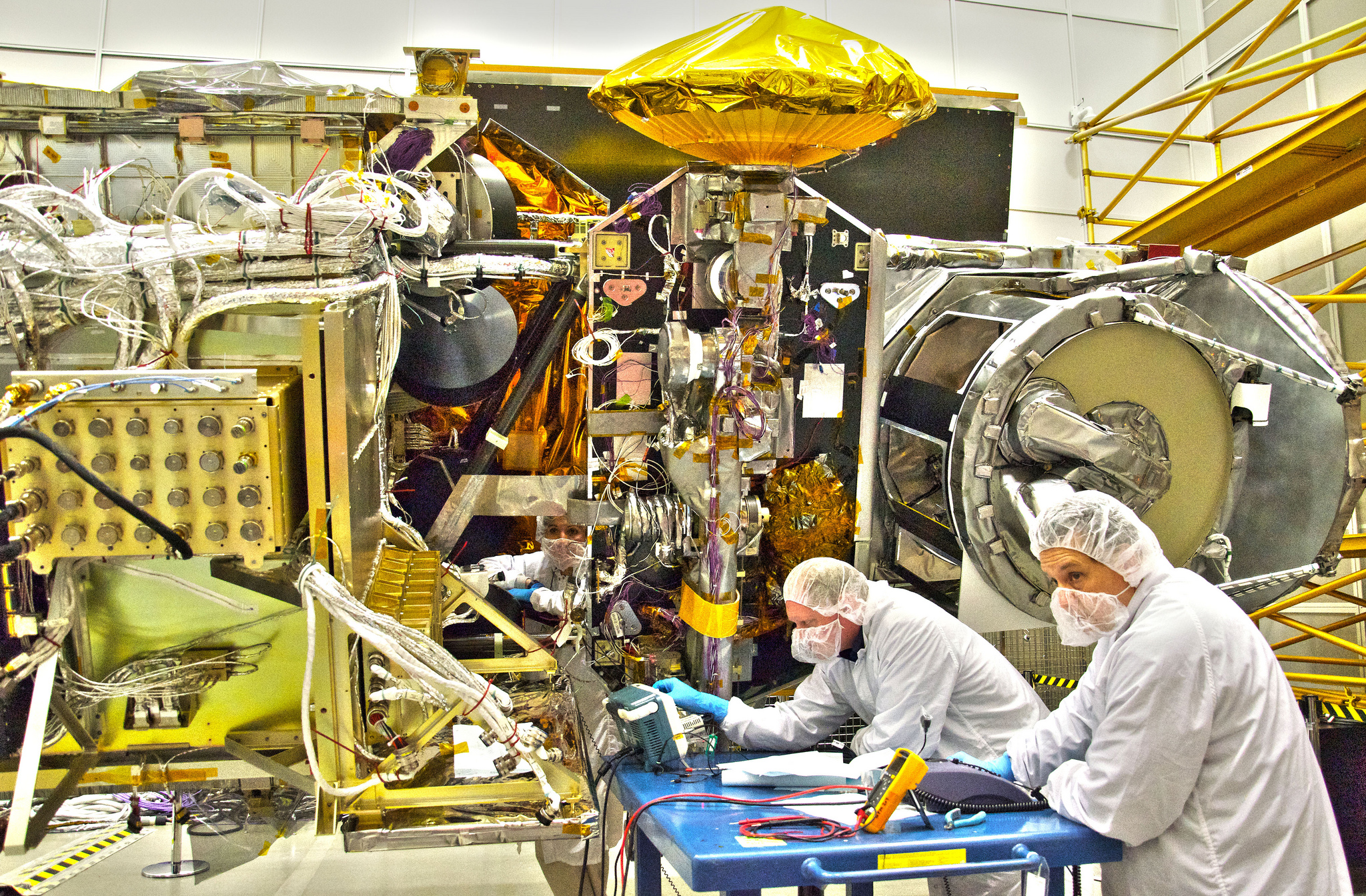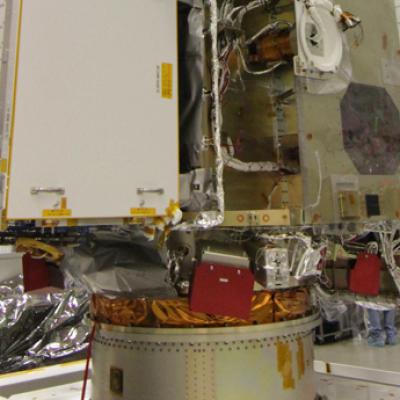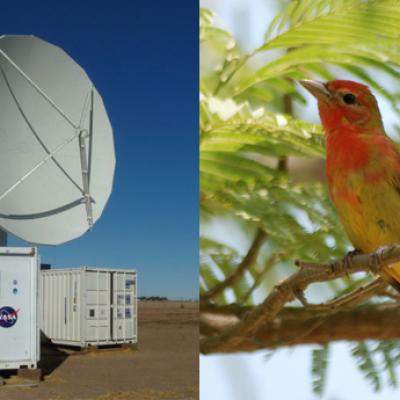GPM: Hurricanes Beyond the Tropics
On August 28, 2011, Tropical Storm Irene hit Vermont, causing widespread damage and the worst flooding in 75 years. Irene's impact in New England shows that tropical cyclones can greatly affect regions outside the view of TRMM. The Global Precipitation Measurement (GPM) mission will build upon TRMM's legacy by examining a larger swath of Earth with more sensitive instruments.




